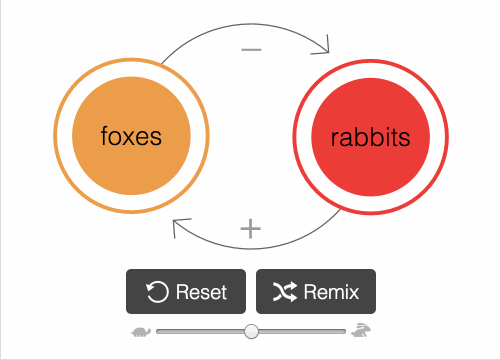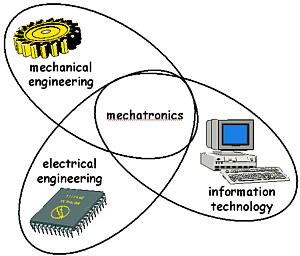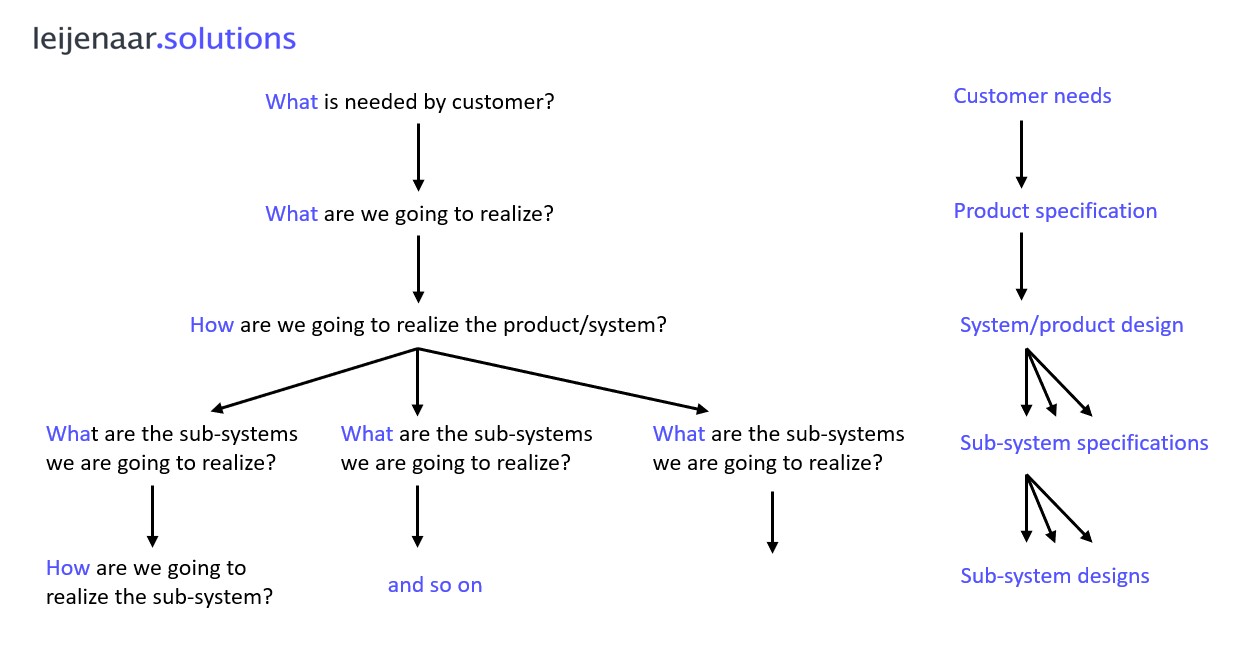With systems thinking, designers, engineers and managers learn how parts interact, not how they perform independently. If changes are made within one part of the system, this may affect other parts. These changes can cause new problems that are worse than those addressed initially. Therefore systems thinking is used to consider the whole system when designing or improving a whole system, or a part of the system.
Leijenaar Solutions uses a systems mindset for systems architecting, mechatronic design, problem solving, strategy development and constraints management.






